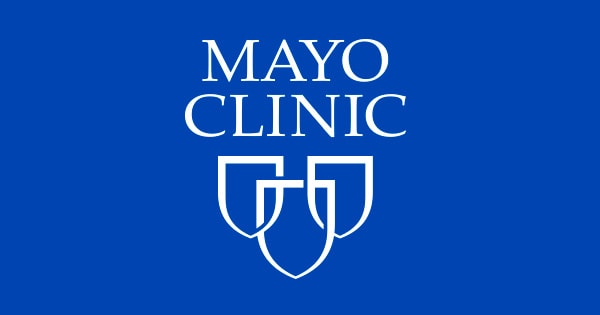- Joined
- Jun 8, 2008
- Messages
- 56,765
"

March 9, 2023 -- Women with dense breast tissue will be given additional information at their cancer screenings under new rules adopted by the FDA.
Providers of mammograms will have to tell women that their tests are harder to interpret and suggest they speak with their doctors about more testing, the FDA says.
This will lead to greater detection of breast cancer earlier, advocates say.
Breast cancer is the second most common cancer in American women, after skin cancers, says the American Cancer Society. This year, about 300,000 new cases will be diagnosed, and about 43,700 women will die from breast cancer, the organization says.
“Today’s action represents the agency’s broader commitment to support innovation to prevent, detect and treat cancer,” Hilary Marston, the FDA’s chief medical officer, said.
Most states require that women be told when their mammogram finds they have dense breasts. The FDA decision applies a minimum standard for 8,700 facilities across the country, and states can still require more explicit wording, The Washington Post reported.
“Dense breasts have relatively less fatty tissue and higher amounts of glandular and fibrous connective tissue,” The Post wrote. “Nearly half of all women 40 and over have the condition. Dense breasts can appear white on a mammogram — but so does cancer, making it difficult for radiologists to detect tumors.” Women with dense breasts also face a higher risk of developing the disease.
Mammogram providers have 18 months to comply with the standards. Information about dense breasts will be included in a letter to patients and their physicians.
"
FDA Orders New Mammogram Standards for Women With Dense Breasts
Written by Jay Croft
March 9, 2023 -- Women with dense breast tissue will be given additional information at their cancer screenings under new rules adopted by the FDA.
Providers of mammograms will have to tell women that their tests are harder to interpret and suggest they speak with their doctors about more testing, the FDA says.
This will lead to greater detection of breast cancer earlier, advocates say.
Breast cancer is the second most common cancer in American women, after skin cancers, says the American Cancer Society. This year, about 300,000 new cases will be diagnosed, and about 43,700 women will die from breast cancer, the organization says.
“Today’s action represents the agency’s broader commitment to support innovation to prevent, detect and treat cancer,” Hilary Marston, the FDA’s chief medical officer, said.
Most states require that women be told when their mammogram finds they have dense breasts. The FDA decision applies a minimum standard for 8,700 facilities across the country, and states can still require more explicit wording, The Washington Post reported.
“Dense breasts have relatively less fatty tissue and higher amounts of glandular and fibrous connective tissue,” The Post wrote. “Nearly half of all women 40 and over have the condition. Dense breasts can appear white on a mammogram — but so does cancer, making it difficult for radiologists to detect tumors.” Women with dense breasts also face a higher risk of developing the disease.
Mammogram providers have 18 months to comply with the standards. Information about dense breasts will be included in a letter to patients and their physicians.
"












300x240.png)